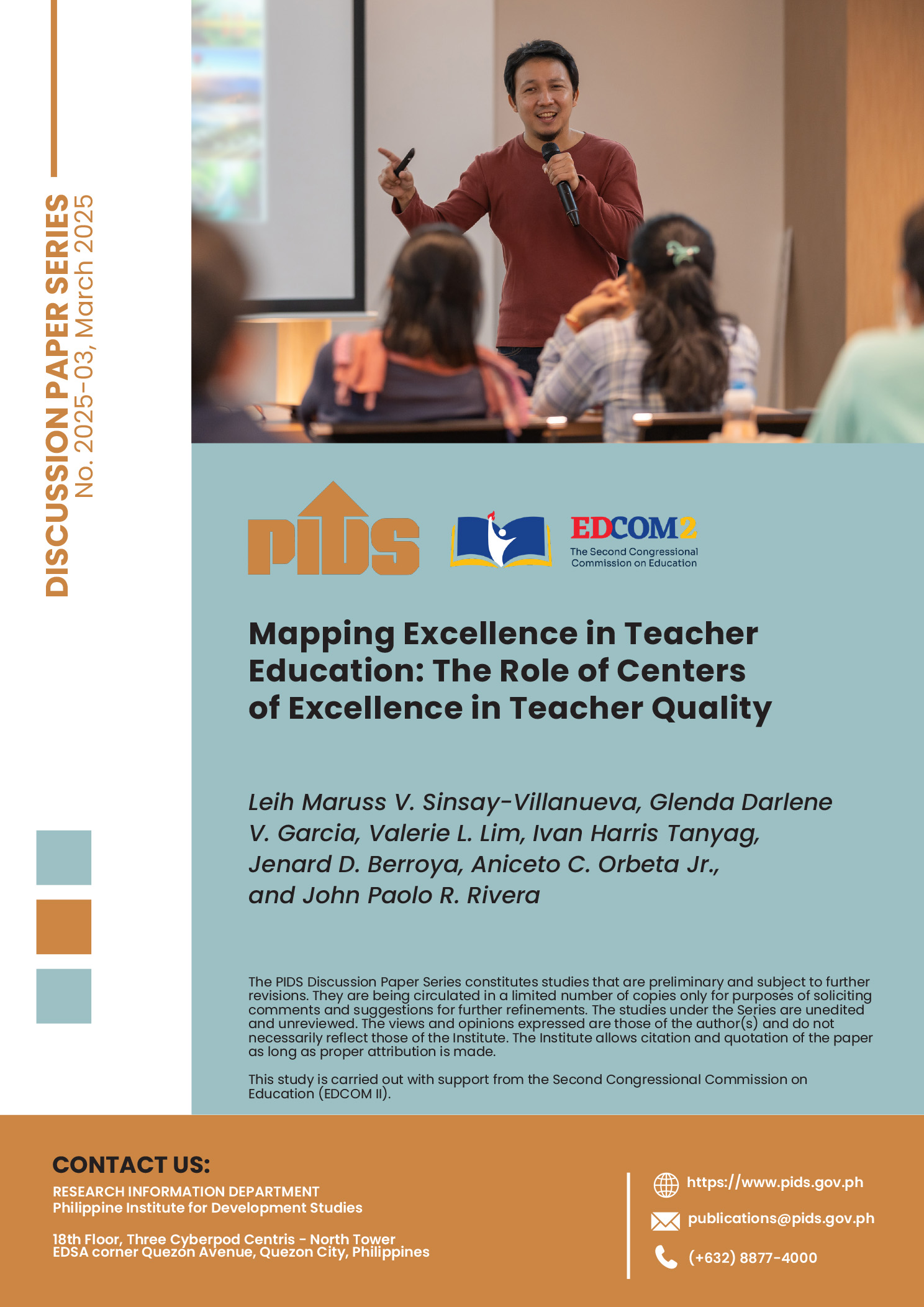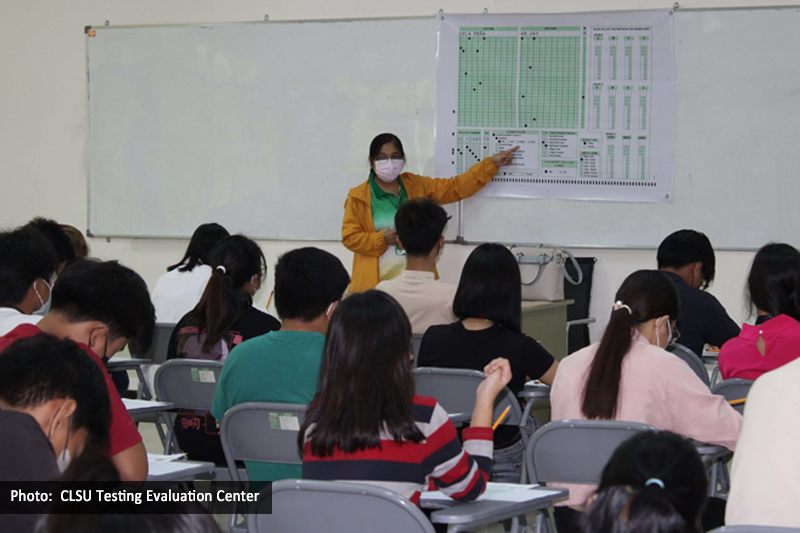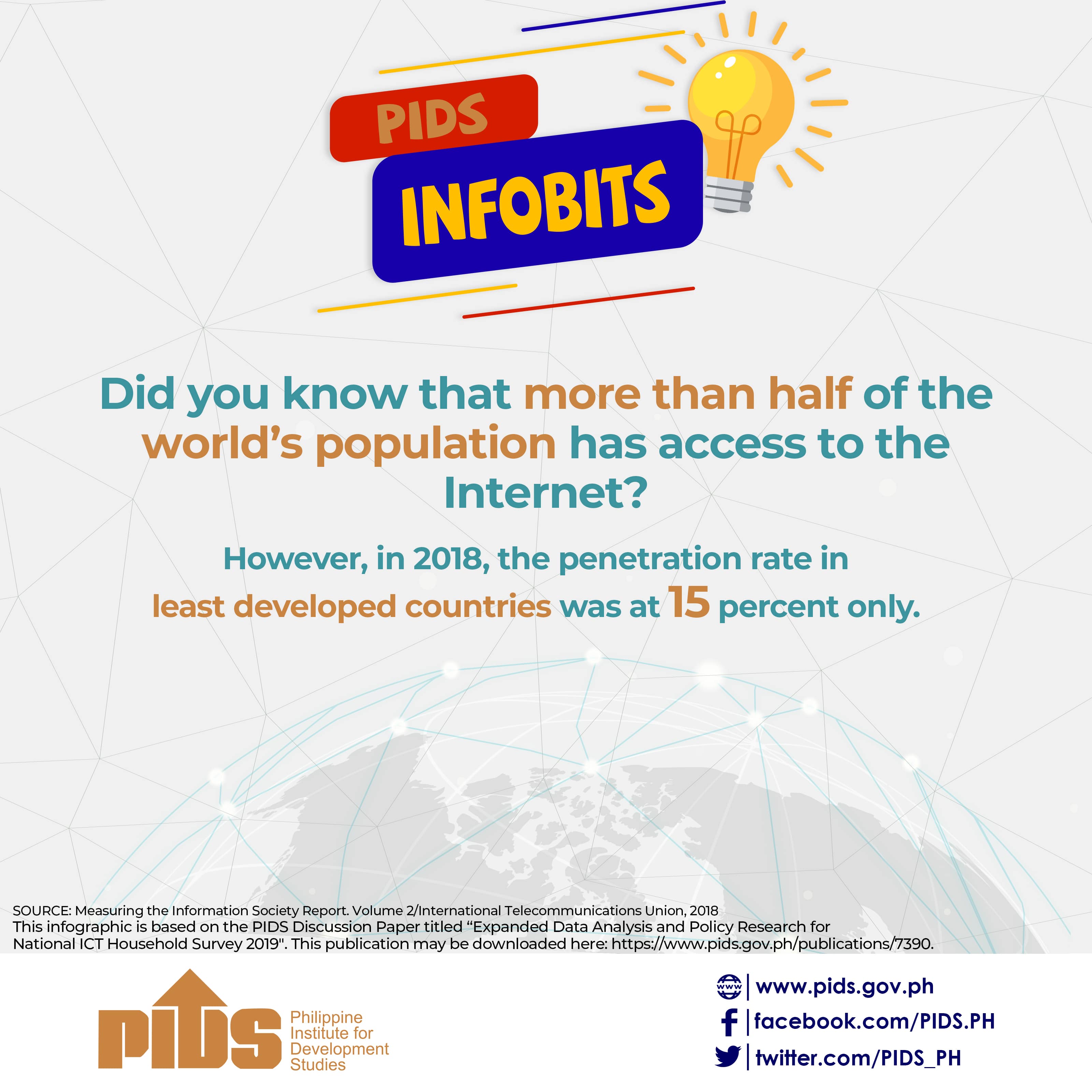MANILA, Philippines — The United Nations has issued a global alert over a shortage of teachers, with the lack greatest in secondary education.
The UN alert was issued last week at a meeting of the International Task Force on Teachers for Education in Johannesburg, South Africa.
Seven out of 10 teachers at the secondary level will need to be replaced by 2030, along with over half of all teachers who will have left the profession by the decade’s end, the UN Educational, Scientific and Cultural Organization (UNESCO) said.
The agency said the effect of a worldwide teacher shortage is profound, creating larger class sizes, overburdened educators, educational disparities and financial strain on school systems, impacting educational quality and access.
According to a UNESCO report, the world needs 44 million teachers by 2030 in order to make the Sustainable Development Goal of quality and equitable education a reality.
The high-level panel’s recommendations are focused on core aspects: dignity, humanity, diversity, equity and inclusion, quality, sustainability, innovation and leadership.
Responses to the challenge include recommendations to cultivate an environment where teachers can drive educational change, foster critical thinking and promote modern learning skills.
The UN Secretary-General’s High-Level Panel on the Teaching Profession advocates for teachers to be collaborative partners rather than mere purveyors of knowledge.
Adequate funding for education systems and technology integration are key, with a focus on supporting the use of digital learning and other technology.
Attrition rates among primary teachers almost doubled from 4.62 percent globally in 2015 to 9.06 in 2022, with teachers often leaving the profession within the first five years, the report revealed.
According to recent estimates, financing additional teachers will cost $12.8 billion for universal primary education and $106.8 billion for universal secondary education.
The annual additional financing needed to cover salaries at primary and secondary levels by 2030 is estimated at $120 billion.
‘Drop K-12 curriculum’
With only 20 percent of the country’s senior high school graduates landing employment, the Marcos administration should treat this as an indicator to abandon the K-12 curriculum instead of integrating skills training into the curriculum, according to the Alliance of Concerned Teachers (ACT).
In a statement, the group said President Marcos’ order to increase SHS graduates’ employability through the integration of skills training would only replicate the program’s failures as it “only aims to produce cheap and docile labor force for foreign employers that is bound to be underpaid, contractual or unemployed.”
“There is no point in continuing a program that not a single study has found to be effective. K-12 only aims to make the Philippines competitive against underdeveloped countries in producing a steady stream of semi-skilled labor force for foreign capital. These jobs are largely contractual in nature and the lowest paying in different industries,” ACT chair Vladimer Quetua said over the weekend.
During an education sector meeting led by Vice President and Education Secretary Sara Duterte at Malacañang last month, Marcos ordered concerned state agencies to work closely with industries to align skills and education with companies’ demands.
Marcos had also ordered the creation of a technical working group to study the proposed embedding of technical vocational education and training or TVET into the K-12 curriculum.
The proposal would strengthen the K-12 program by adding a practicum component, according to the Technical Education and Skills Development Authority (TESDA).
Citing a study by the Philippine Institute for Development Studies, TESDA said the measure would address the low employability rate of SHS graduates.
Quetua said the majority of K-12 graduates “only add up to the huge number of unemployed.”
“TESDA itself admitted the starkly low employment rate of our K-12 graduates and attrition rate of those employed is high,” he added.












